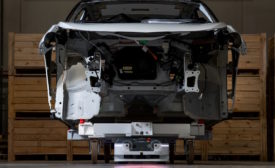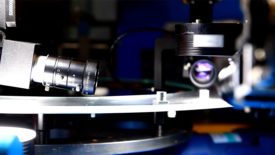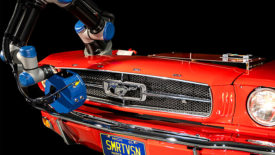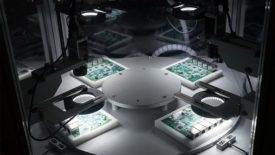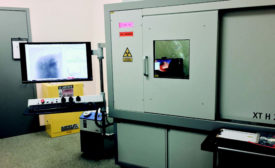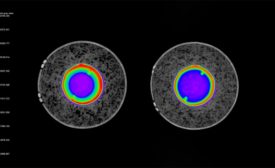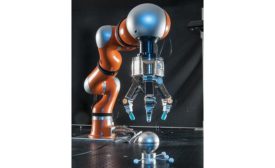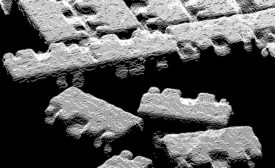Home » Keywords: » 3D imaging
Items Tagged with '3D imaging'
ARTICLES
Quality Headline
Digital 3D Touch Sensor Wins Hexagon’s Support to Scale, Solve Industry Challenges
February 7, 2023
Vision & Sensors | Trends
Trends in the Machine Vision Market
Observations on the market and the technologies that could be the next to impact applications in automation.
January 4, 2023
Vision & Sensors | Machine Vision 101
Machine Vision Standards: A Review and Update
Over machine vision's long history in industrial automation, the emergence and development of standards has been one of the key drivers in advancing this technology.
January 3, 2023
Vision & Sensors | Lighting
Creative Illumination Techniques Enable Computational Imaging
Computational imaging can simplify certain problems that are difficult to solve with standard visual imaging.
January 2, 2023
Vision & Sensors | Trends
Machine Vision Developments Drive Automation Upward
As business needs grow and transform over time, suppliers continue pushing machine vision technology forward.
December 9, 2022
Sponsored Content
White Paper: University Uses Advanced Micro-CT Scanning for Inspection of Historical Artifacts
October 28, 2021
Computed Tomography: Back to Basics
Computed tomography is a powerful nondestructive evaluation (NDE) technique for both 2D and 3D cross-sectional images of an object from X-ray images.
July 1, 2020
Quality in Automation > Robotics
The Need for 3D Imaging Performance Standards for Robotic Assembly
NIST is working with the 3D imaging industry to develop performance standards for systems that can be used for robotic assembly applications.
April 6, 2020
Machine Vision Trends
A look at the most talked-about machine vision technologies, their practical uses and limitations, and which will have a long-lasting impact on your current and fixture applications.
September 1, 2019
Get our new eMagazine delivered to your inbox every month.
Stay in the know with Quality’s comprehensive coverage of the manufacturing and metrology industries.
SIGN UP TODAY!Copyright ©2024. All Rights Reserved BNP Media.
Design, CMS, Hosting & Web Development :: ePublishing
